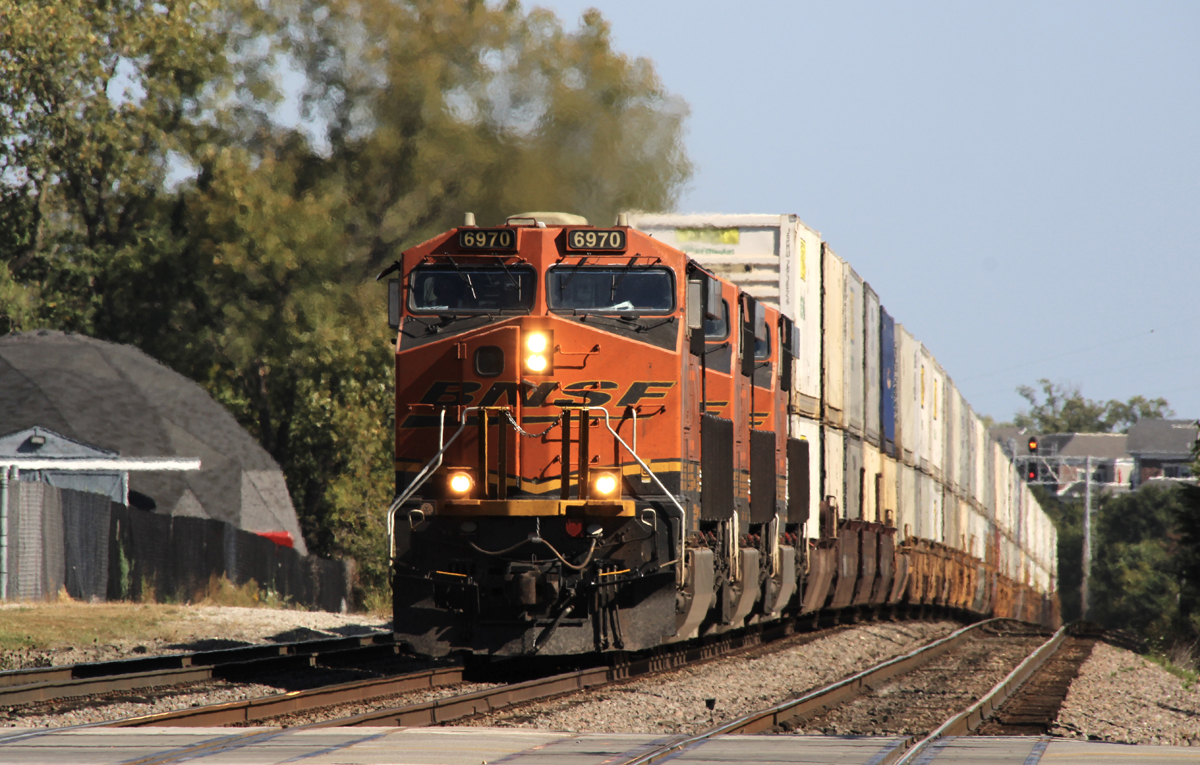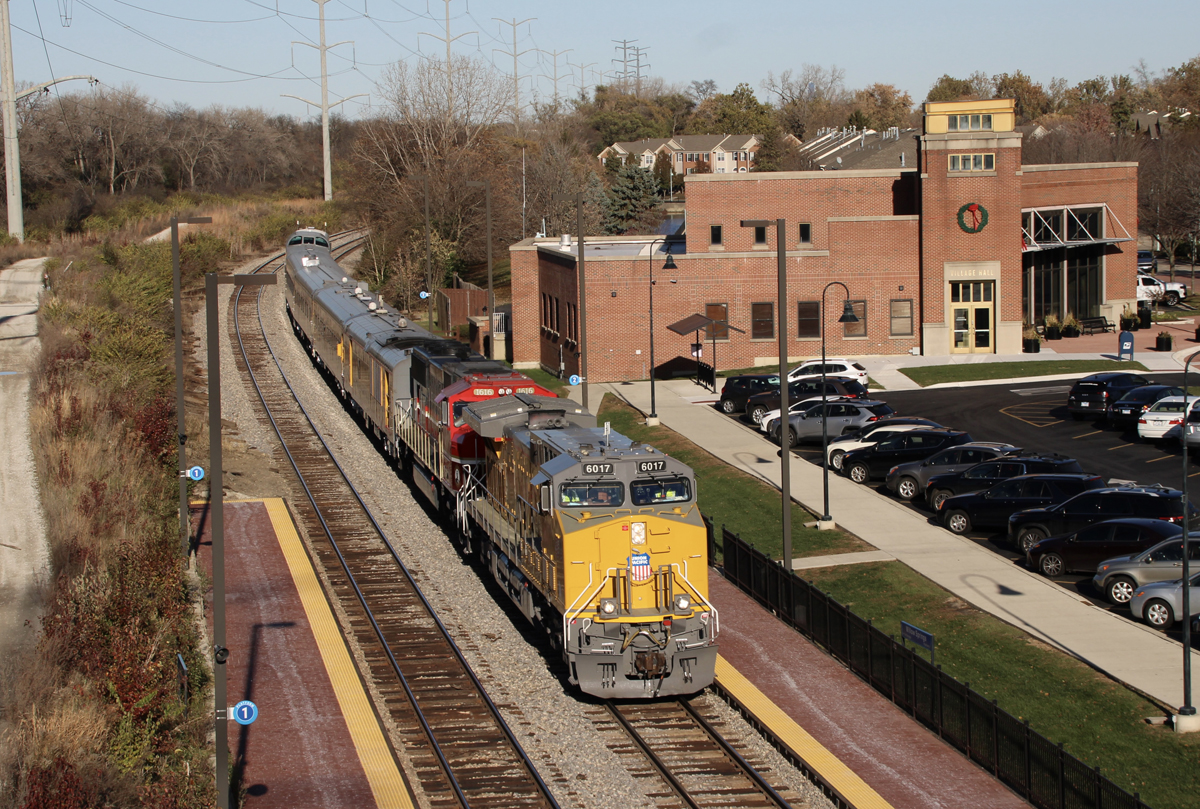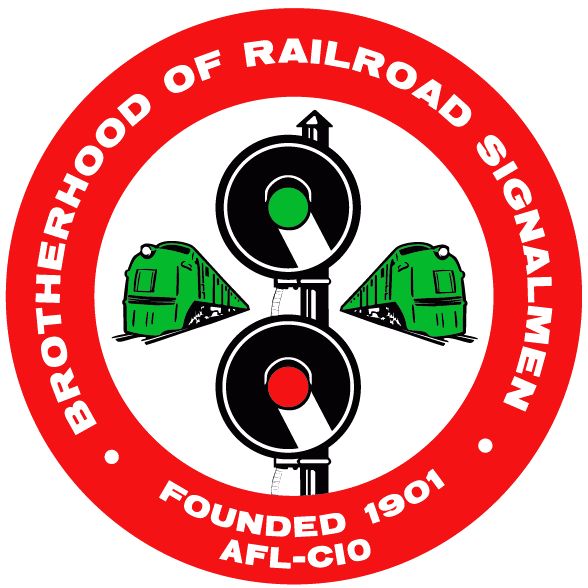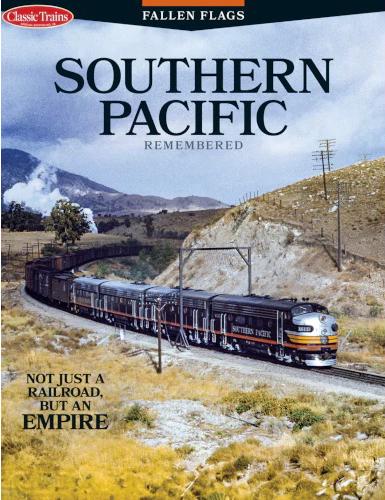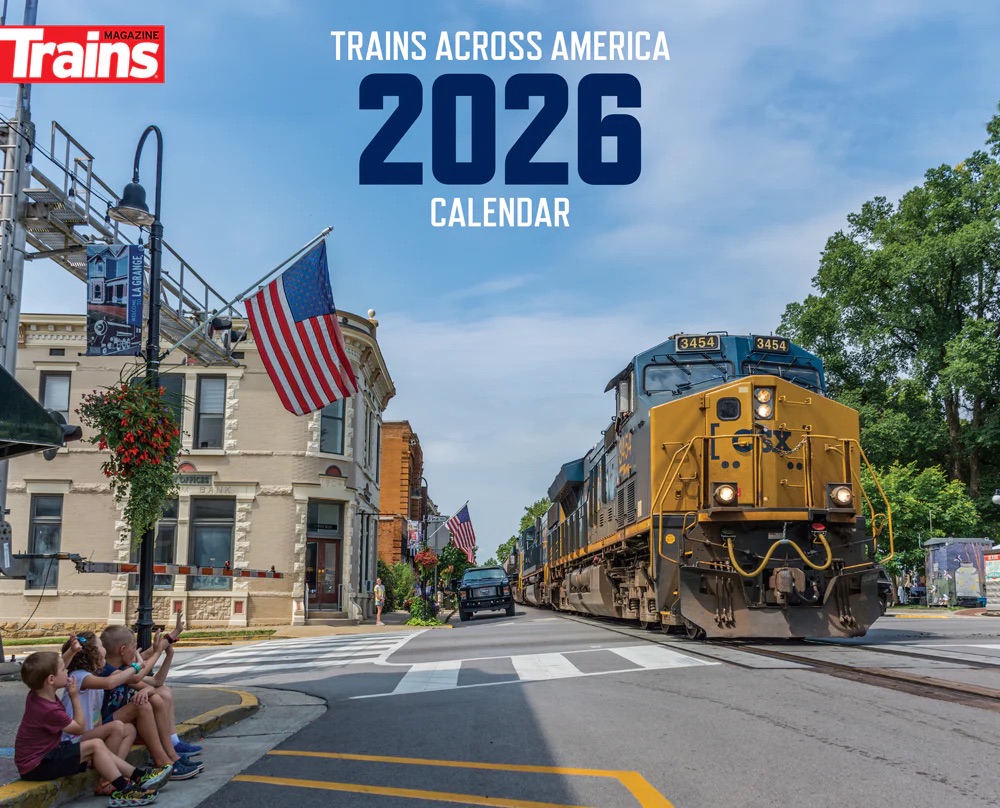
NEW YORK — Rail industry officials focused on only three topics during the opening day of the RailTrends conference: Merger, merger, and merger.
Union Pacific’s proposed $85 billion acquisition of Norfolk Southern dominated conversations and presentations on Thursday. Can the plan to create a transcontinental railroad win regulatory approval? Can it lead to volume growth in an industry that has seen little of it since 2014? Will it force other Class I railroads to merge — or can interline partnerships be an effective competitive response to a railroad that will handle nearly half of all U.S. rail freight volume?
Shipper associations have argued that the merger will reduce rail competition and raise rates. But Adriene Bailey, a partner at the Oliver Wyman consulting firm, says Surface Transportation Board waybill data disputes this.
Costs per ton-mile for shipments moving in single-line service over one railroad are 31% lower for short-haul moves, 22% lower for loads moving between 500 and 1,000 miles, and 8% lower for hauls of between 1,000 and 1,500 miles than for shipments moving in interline service involving two railroads, she says.
Plus, rail market share is significantly higher for shipments moving in single-line service, which Bailey says is evidence that shippers prefer dealing with only one railroad because it provides a more truck-like experience.
A merger has advantages over interline partnerships, Bailey says. But a transcontinental merger would not do anything to help narrow the disadvantages railroads face against trucks from technology and customer-focus perspectives, she says.

Intermodal analyst Larry Gross told the conference that seamless service — whether through a merger or interline agreements — could potentially boost domestic intermodal volume by as much as 25%.
This conclusion, he says, is based on market-share data that shows intermodal lags in moves between 1,000 and 2,000 miles, which is the range that sits right between the maximum lengths of haul on the eastern and western railroads, respectively. If market share in those lengths of haul was on par with single-line service on the eastern or western railroads, it would equate to significant growth, Gross says.
Independent rail analyst Rick Paterson looks at long-term traffic trends for UP and NS and is skeptical that the merger would lead to traffic growth. In the last 10 years, excluding coal, the combined UP-NS volume is up just 0.2%, Paterson says.
And yet UP and NS are projecting nearly 10% volume growth within three years of their merger, based on their merger-related revenue synergies, Paterson says.
“At the end of the day, this is a ‘trust me’ story, because they’re asking us to believe that these two companies, which have recorded zero volume growth over the last 10 years, will now grow by 10% within three years,” Paterson says. That kind of growth, he says, is improbable.
Canadian National CEO Tracy Robinson and BNSF Railway Chief Marketing Officer Tom Williams, in separate presentations, said a transcon merger isn’t necessary and is unlikely to win approval at the Surface Transportation Board.
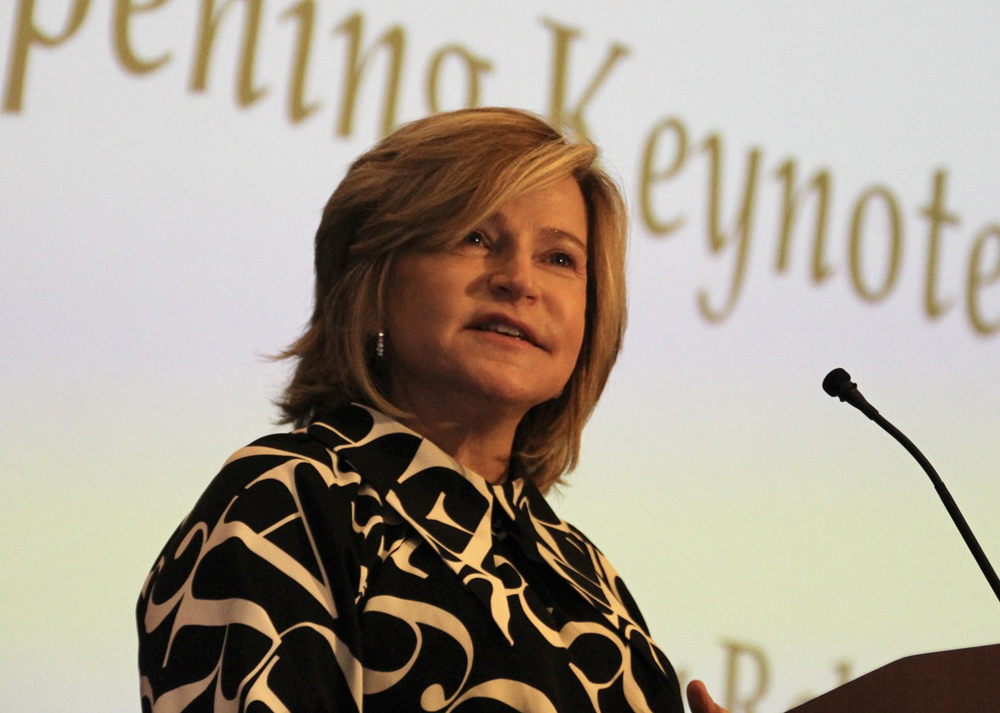
Robinson says the UP-NS deal cannot clear the higher regulatory hurdles that were put in place under the STB’s 2001 merger review rules. Those rules require merging railroads to show that their combination is in the public interest and enhances competition. They also require, she notes, railroads to show that they cannot achieve the benefits of merger through interline agreements.
“That’s a really high bar,” she says.
Robinson she’s been asked recently why it’s OK to have two transcontinental systems in Canada but not in the U.S. The answer, she says, comes down to population density. Canada, with just 10% of the population of the U.S., cannot support more than two railroads.
The two-railway system, she adds, comes with a heavier regulatory burden than U.S. railroads face. In Canada, regulators determine how much grain revenue the railways can earn, shippers can seek rate relief through an arbitration process, extended interswitching gives many shippers access to both railroads, and rail customers who are not happy with their service can request regulatory reviews.
It’s a regulatory framework, she says, “that’s pretty heavy.”
Williams says the STB’s 2001 rules were intended to cover enhanced rail competition, not how railroads compete with trucks.
Yet UP and NS have thus far interpreted “enhanced competition” to mean how the merged railroad will be better able to compete with the highway by eliminating interchanges. They also have said their merger is so pro-competitive by itself that they don’t need to offer concessions or conditions to any shippers or railroads aside from the 10 or so customers in the Midwest that are jointly served and would have access to just one railroad after the merger.
“It’s hard for me to get my head around how that even translates into maintaining competition, let alone enhancing competition,” Williams says.
He contends there are essentially four transcontinental railroads in the U.S. today: Interline service involving BNSF and NS, BNSF and CSX, UP and NS, and UP and CSX. “If this transaction is approved, two of those four transcontinental railroads are eliminated,” Williams says. “And when you eliminate those two railroads, you effectively eliminate all the lanes that are associated with those two railroads.”
Merger history, he says, is not on the side of UP and NS.
After the megamergers of the 1990s, rail market share fell 3% compared to trucks. Plus, those mergers resulted in service meltdowns like the one that followed UP’s 1996 acquisition of Southern Pacific and cost customers $100 million per month, Williams says.
And this year CPKC customers suffered through three months of delays after a troubled computer system cutover in former Kansas City Southern territory in the U.S., he says. CPKC, meanwhile, has fallen short of its projections for converting highway freight to rail.
Williams says railroads can achieve many of the benefits of mergers through interline alliances, like the slew of intermodal partnerships that have been announced this year, including the BNSF-CSX alliance linking the Southwest with the Southeast, Midwest, and Northeast.
UP CEO Jim Vena has said that alliances never last — partly because railroads inevitably do what’s best for their own network when they have crew or locomotive shortages. But Williams points out that the BNSF-CSX intermodal haulage agreement has stood the test of time. Since 2006, the agreement has given BNSF access to the Fairburn intermodal terminal outside Atlanta via the BNSF-CSX connection in Birmingham, Ala.
There has been speculation that the Trump administration would put pressure on the STB, an independent agency, to approve the merger. Trump and Vena met at the White House in September, and Trump said the tie-up that would create the first transcontinental freight railroad “sounds good to me. Union Pacific is a great railroad.”
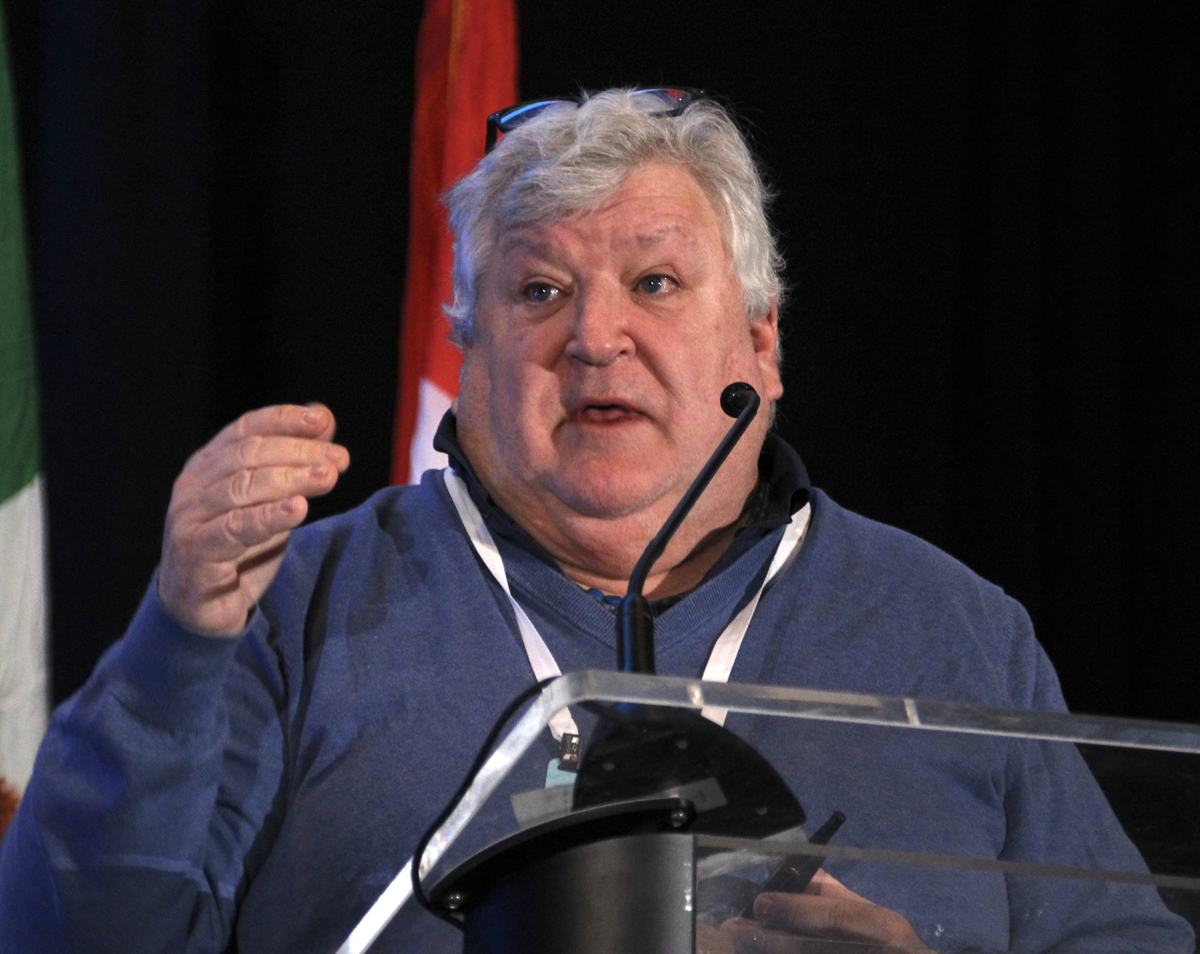
But independent analyst Anthony B. Hatch says the UP-NS merger will get a thorough review at the STB. “I’m a believer in their independence. I’m a big believer in the personnel. I know them. I do not think they rubber stamp for anybody. The whole notion of having a photograph in the Oval Office means that this has already been pre-decided is dead wrong.”
The three current STB members — Chairman Patrick Fuchs, Karen Hedlund, and Michelle Schultz — took the stage later in the day. Fuchs, in response to a question, said the board would consider all the evidence and arguments and reach a thorough and fair decision regarding the merger. The three members also emphasized the collegial, nonpartisan way that they work together.
Vena, sitting a few rows in front of the conference stage, told the board members that he knows the STB review will be tough and that they will rely on the facts when weighing the merger.
Genesee & Wyoming CEO Michael Miller says the drawn-out merger review process likely will stall more shortline railroad deals like the one that G&W’s Central Oregon & Pacific reached with UP to handle its local switching and service in Eugene, Ore.
Spinning off local operations can play to a short line’s strength of providing frequent and flexible service while allowing the Class I to focus on what it does best, which is moving trains over long distances, Miller says.
“The local customers are growing because we’re providing seven day a week service, not three day a week service that was provided before,” Miller says.
The deal in Eugene — which involved UP leasing trackage to G&W’s CORP — required the approval of the Surface Transportation Board. “I don’t think anybody will take any of these deals to the STB in the middle of what’s going on right now,” Miller says.
RailTrends is sponsored by Hatch and trade publication Progressive Railroading.
— To report news or errors, contact trainsnewswire@firecrown.com.







